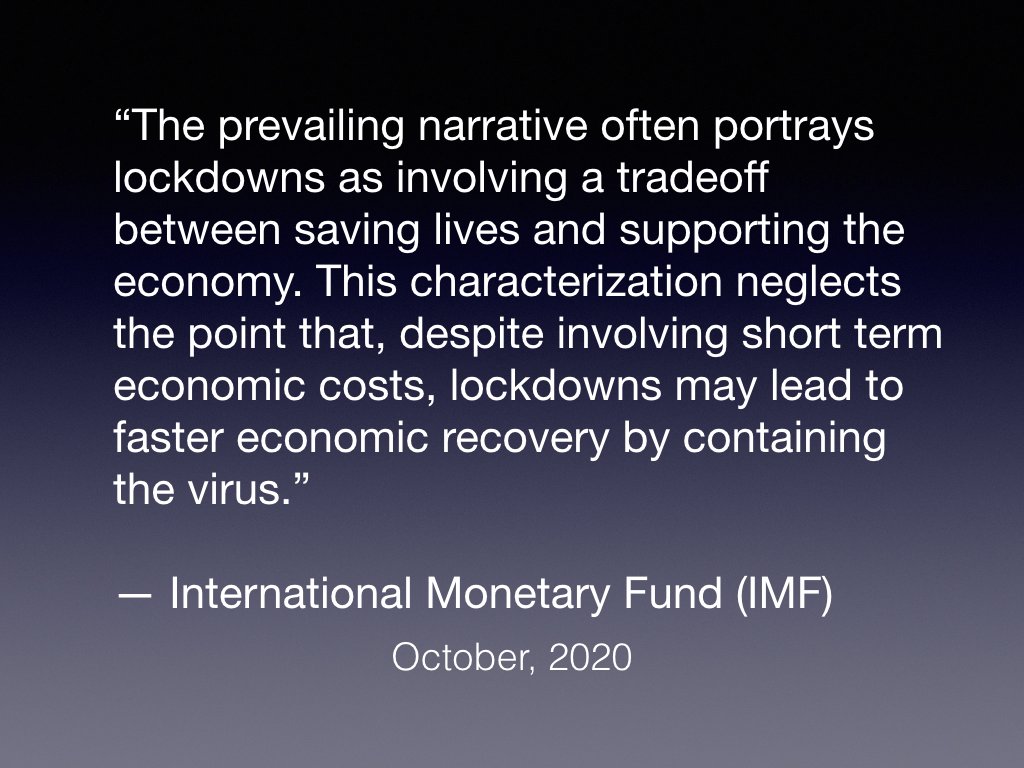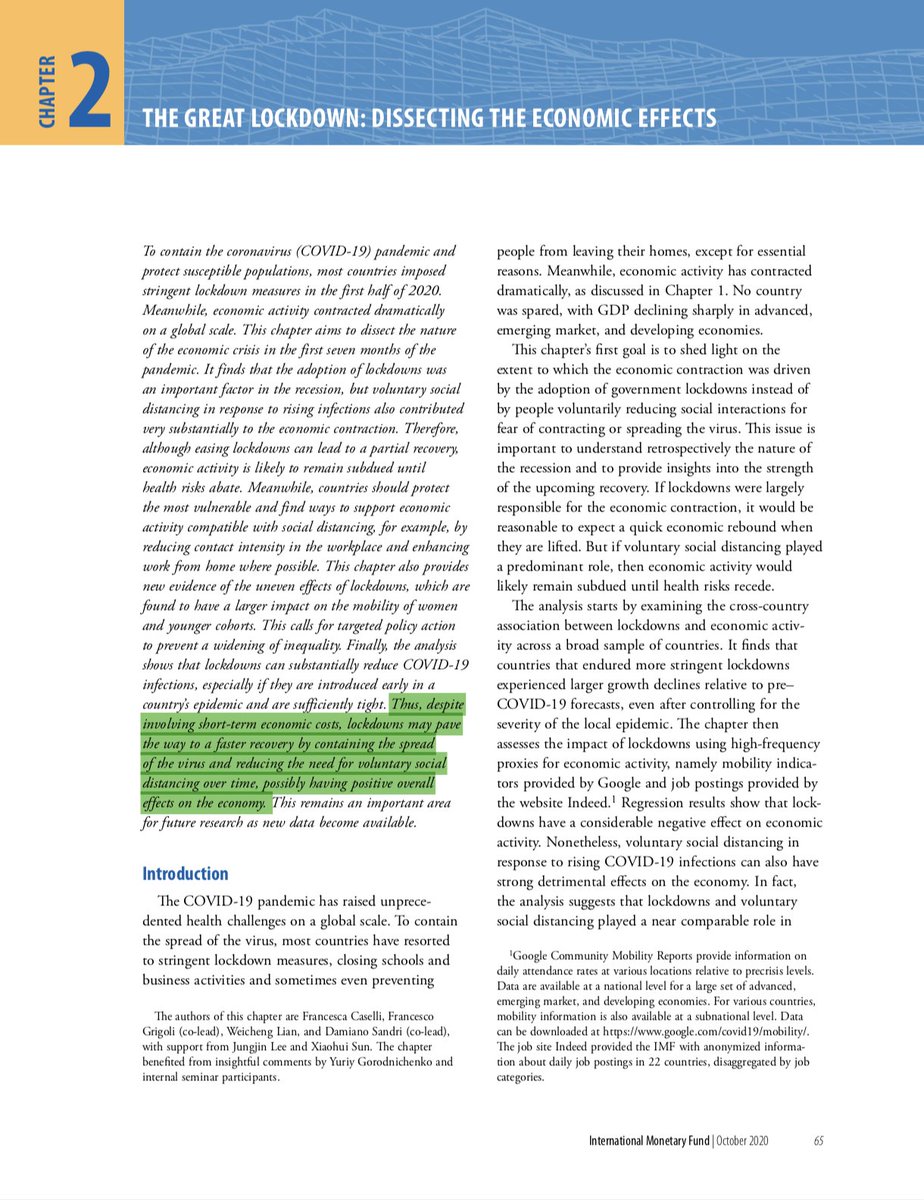2/18 That’s before you get to the whole argument about twin engine vs single engine safety overwater argument. For now, it’s enough to put forward the options in broad outline.
Option 1: Surface-to-Air missiles only
This option is included because there’s always someone...
3/18 ...who will say ‘just get missiles’, because they think that this will be somehow cheaper. Modern long-range surface-to-air missile (SAM) systems, however, are not significantly less expensive than fighter jets. They also have an issue in how many times you can use them.
4/18 They have an even bigger issue in that your solution to what may only be an airliner with a broken transponder is to blow it out of the sky.
@ConorHogarty @mupper2 @kevpipps
5/18 While there are many good reasons why the
@defenceforces should upgrade its SAM capability, these are largely related to the blended warfare now being rolled out globally with the increasing use of basic drones and larger unmanned aerial systems.
@conormlally @RuthMCasey
6/18 In summary: long range SAMS are not suitable for use as the primary component of a peacetime air policing system. If someone proposes this as a realistic option, just walk away without turning your back on them.
@KeohaneDan @jjsalmo @LiamCahill2013 @JohnMooneyST @SeanFionn
7/18 Option 2: second-hand equipment
Having established that we probably don’t need a top of the range stealth fighter to achieve the goals we’ve set out. How about something second-hand?
@tchukstr @koceallaigh @CllrPioSmith @beaufortcomment @DavidBa8976 @dsmooney
8/18 For the primary radar, maybe. It’s certainly not subject to the same stresses as a fighter jet. For the aircraft itself, we would say no. With all aircraft, the real money is not in the capital outlay, it’s in through life support.
@chrisrdonoghue @LauraMcGonigle
9/18 What that means is that if you buy an ageing fighter jet from someone else, it’s likely going to be several generations old in technological terms. That means you have to ask: does it still have support from the original manufacturers?
@K_Kourousis @AirworthinessG @DFPRB
10/18 Are some of the parts still in production anywhere? Bear in mind that some of the most modern aircraft out there have had issues in sourcing microchips that went out of stock since the aircraft were designed.
@spg104 @Ros_Aodha @GorseFires
11/18 Older machines are always heavier on maintenance per-flying-hour as well and in the initial few years, Ireland would have to do more flying than most to build up its organisational experience, doctrine etc. You could end up buying very expensive hanger ornaments.
12/18 The informed view is that while the sticker price might be lower, you may very well not get value for money on a fleet of second-hand aircraft as your first modern fighter purchase.
@GCraughwell @John_McGahon @malcolmbyrne @gabmcfadden @MarkWall1 @lichamber @jackfchambers
13/18 Option 3: buying brand new
This is usually the bit that people look at when they say ‘it’s too expensive’. The capital outlay for a new fighter is large, no doubt about it. As an initial outlay, it can easily run into multiples of the Defence Budget in total.
@johnbradysf
14/18 Even assuming paying the costs over years, it would still stretch the coffers, however the aircraft could last for up to thirty years.
@SorcaClarke_TD @GaryGannonTD @lawlessj @BrianLeddin @davidstantontd @BrendanSmithTD @MattShanahanTD @slandail_nssi @kforfitz_Wayne
15/18 Certainly an option, but if you are buying something to last that long, you should be buying from the top end of the scale so that at the end of its life, it’s still reasonably capable. This then pushes up the cost again…
@KennethMcDonagh @seandanaher5 @OrlaithCarmody
16/18 Option 4: can’t someone else do it?
This is the option favoured by the Baltic States and Iceland, whose airspace is policed by
@NATO. And by Ireland too, since our airspace is effectively policed by the UK, a NATO member (ref
@UKDefJournal). https://t.co/j0VrwtUCeR
17/18 If you’re wondering if this impinges on our neutrality, you’d be correct as it doesn’t fit with our stance on the inviolability of our national territory. Undoubtedly, the airspace above our country is part of that territory.
@CharlieFlanagan @dfatirl @McNamara_Eoin
18/18 While not meaning to have a go at the UK in any way – there’s a flight safety risk if the service isn’t there – it does raise a real sovereignty and foreign policy issue for the State, regardless of which external party supplies the capability. (with thanks
@declan275)








